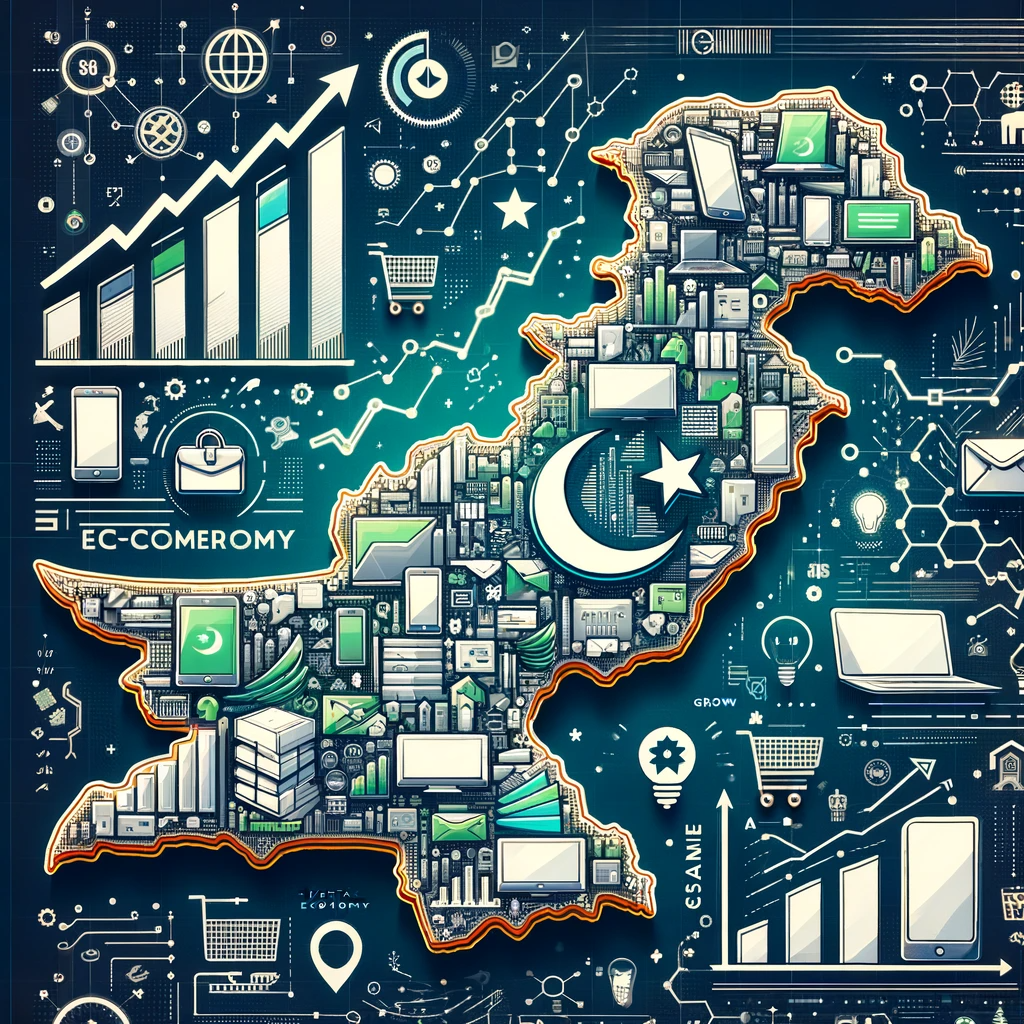
As the world adapts to the digital age, Pakistan’s e-commerce landscape has displayed remarkable resilience and growth. According to recent data, the value of e-commerce transactions has surged by 34% in the past year alone, signifying a booming trend despite a generally slow economy.
The figures released by the State Bank of Pakistan (SBP) highlight a substantial increase in the number of e-commerce merchants, from 1,409 in the fiscal year 2019 to an impressive projection of 6,889 by the end of 2023. This upsurge reflects the burgeoning confidence of entrepreneurs and consumers alike in the digital marketplace.
This growth is mirrored in the broader context of the global e-commerce space, where Pakistan is poised to become the 47th largest market with an expected revenue of $6.4 billion by 2023. The country is set to outpace several regional counterparts with a compound annual growth rate (CAGR) of around 6%.
Indonesia leads the pack with a market size of $53 billion, followed by the Philippines and Bangladesh, with Pakistan not far behind. The steady climb in Pakistan’s e-commerce sector is indicative of a significant shift in consumer behavior and the adaptation of businesses to online models.
The optimism in Pakistan’s digital commerce sector is further fueled by the increasing penetration of internet and mobile services, providing a wider platform for merchants to connect with customers. The synergy between e-commerce and e-banking is also playing a pivotal role in this growth story, making transactions more accessible and secure for a larger segment of the population.
As we move forward, the trajectory of Pakistan’s e-commerce indicates not just a shift in shopping habits, but also a transformation in the economic fabric of the country. It serves as a beacon of digital advancement and economic opportunity, promising a vibrant future for the nation’s trade and commerce landscape.










